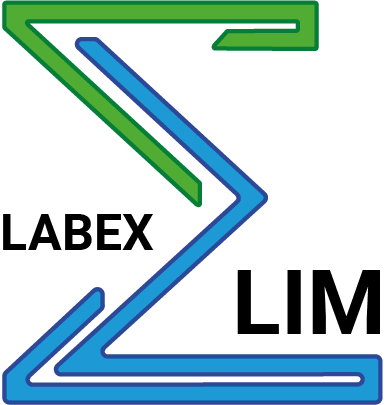Promoting health with advanced diagnostics and therapies
Develop a new generation of bioceramics with improved biological performances with the objective of moving from ceramic devices for bone repair toward artificial tissues, while relying on advanced biophotonic instrumentation based on multiphoton/vibrational microscopy for imaging without marking.
![]()
In order to provide new answers to public health issues, transdisciplinary research is currently booming and is becoming the foundation of tomorrow’s medicine. In this context, the combination of skills in physics, chemistry, materials science, mathematics, computer science, biology, pharmacy and medicine will enable the emergence of new diagnostic and therapeutic technologies for applications in various medical disciplines.
Specifically, the combination of IRCER expertise in the processing and functionalization of calcium phosphate bioceramics to those of XLIM in electromagnetism, bioimaging instrumentation and data analysis/treatment aims at developing a new generation of bioceramics with improved biological performances. Beyond the primary application field of bone engineering, benefits are also expected in surgery, oncology or chronic diseases.
We will address two challenges, each of which involve the validation of several proofs of concept for further clinical investigations.
The challenge is to develop innovative bio-electro-instructive ceramic devices for applications in bone tissue engineering. Advanced manufacturing technologies (including additive manufacturing) and characterization techniques are implemented to produce personalized ceramic scaffolds with controlled chemical and architectural design. The functionalization of the devices with active molecules (e.g. growth factors, proteins, antibiotics…), and in vitro electro-stimulation of osteogenesis, angiogenesis and tissue growth within the scaffolds are also investigated.
Modelling and 3D simulation of scaffold architectures, in connection with experimental techniques and tools developed in challenge 2 are also investigated to optimize the mechanical and biological behaviours of these devices. The main ambition of this challenge is to move from ceramic devices for bone repair toward engineered tissues.
This challenge aims at implementing advanced biophotonic instrumentation based on multiphoton/vibrational microscopy for l-imaging without marking. These technologies are designed in the context of biomedical devices, with a particular attention to the need for investigating phenomena at the interface between the ceramic material and living cells.
Complementary analytical and numerical tools are developed in the context of hyperspectral and/or multimodal imaging. Modelling and prediction of biological processes are also performed by means of machine learning algorithms.
These technologies and tools are designed in connection with challenge 1 for the analysis and characterization of living cells and tissues. Beyond bone surgery, the management of contextual data masses (big data) is applied to the characterization of any living tissue over time (diagnosis of cancer and chronic pathologies).
Members
31 membres permanents de l’IRCER et d’XLIM sont partiellement ou totalement impliqués dans ce flagship
Activities
- Biomaterials and bone engineering
- Bioelectromagnetism
- Biophotonics, bioimaging
- Numerical modelling, data analysis, artificial intelligence

